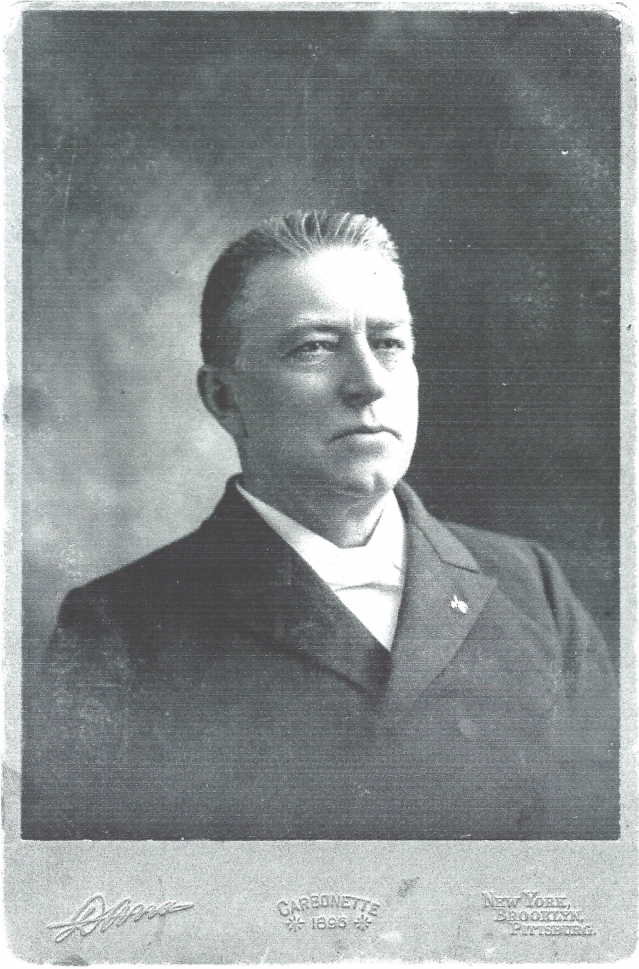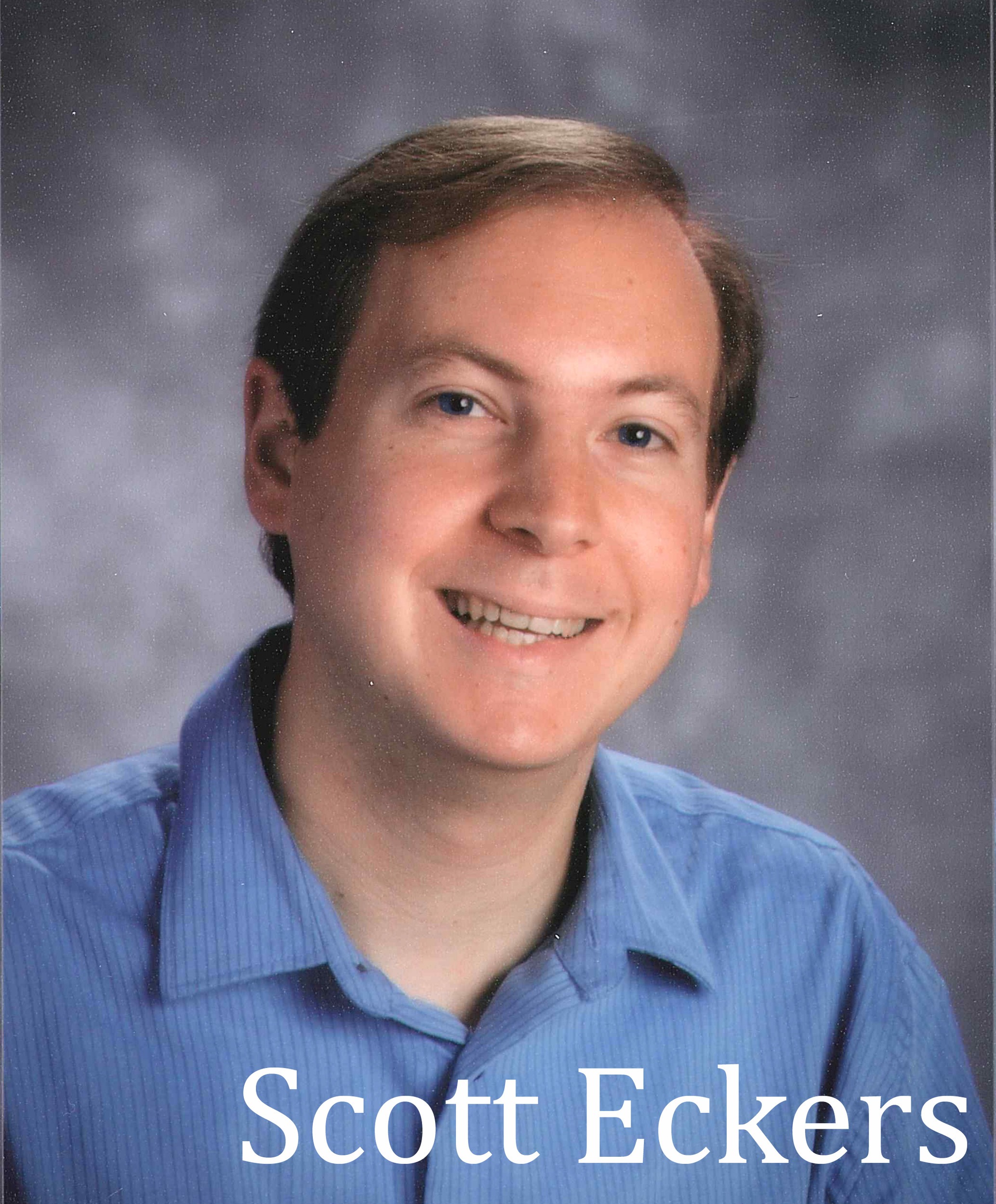Sabia’s Corner
Pasquale “Patsy” Sabia arrived as an Italian immigrant in 1889 and married Maria “Mary” Rizzo in Brooklyn in 1897. By 1915, the couple had moved to North Bellmore and raised most of their children there. In the 1920s, they settled in the triangle of land bound by North Jerusalem Road, Newbridge Road, and Newbridge (East Meadow) Avenue, subdivided in 1910 by O. L. Schwencke Land and Investment Company’s Hempstead Lawns development (Section 6). Patsy established a general store on lot number one at the southwest corner, which was originally set aside by Schwencke as a hotel site. The Sabias had five sons and five daughters, many of whom lived at or near the same intersection after growing up and starting their own families. The main building of today’s Big Chief Day Camp was the home of Patsy’s son John and his family. Since 1954, Big Chief has been a fixture in the neighborhood, run by the Picinich family.
Sabia relatives lived on Sherman Avenue, just east of the corner in another Schwencke development called Bellmore Park (Section 1). The family was so large and so prominent in this section of East Meadow and North Bellmore that the intersection of North Jerusalem and Newbridge roads became known as Sabia’s Corner. Fred, the youngest child, died in 2010. He still lived in the family home at 2424 North Jerusalem Road, constructed c. 1920. This home, and the one directly behind it at 704 Newbridge Road that once served as Patsy’s store, survive as private residences today. Until 1951, a chicken house and greenhouse were located between them.
Emil Oberle Sr. came to East Meadow in 1924 and erected greenhouses on eight acres of land at the corner of Newbridge Avenue and North Jerusalem Road that had previously been part of the George Augustus Mott estate. Joan Swedberg’s family arrived in East Meadow from Phoenix in 1936 and settled on Stuyvesant Avenue. The two were grade school sweethearts at Newbridge Road School. After the eighth grade, the students boarded a “dilapidated bus” from Sabia’s Corner to Hempstead High School and married soon after graduating. According to Joan, that section of the hamlet was “a few houses but primarily woods” but “a nice place to grow up.” Residents received mail through Hicksville’s rural delivery.
The families walked through the old graveyard to get to Sunday school at the old Methodist church and the teenagers would hang out at Mr. and Mrs. Pollack’s candy store near Kenmore Street and Newbridge Road. Mr. Fish, who owned a peach orchard and farm across the street, would show Emil different farming technology even though the locals plowed with horses. The Oberles operated the greenhouses and florist shop for three generations, slowly selling off sections of former farmland to developers. In 1981, the Newbridge Development Corporation purchased the land abutting North Jerusalem Road to build Brooktree Manor homes. The florist operated until selling the land in 2016 for condominium development.
Several families settled on the northeast corner, the longest being the Browers throughout much of the 19th century. Lewis Brower was infamous in East Meadow for attempting to murder his wife in 1887 – the subject of next week’s article. The Browers also lived on the property that became Oberle’s. Just east of the Browers, on both sides of North Jerusalem Road, lived James and Henry Fenn’s family. Both sides became part of the Hempstead Lawns development in 1910. Life in this section of East Meadow was quite agrarian in nature. Bernard and George Powers, dairy farmers of Newbridge Road just north of the corner, were insulted when the Brooklyn Times Union published an accusation that their cows were afflicted with pleuro-pneumonia. Their former neighbor, Carman Cornelius, helped end the business-ending rumor.
In the late 19th century, George Augustus Mott (1835-1906) held property on both sides of North Jerusalem Road. Mott was a prominent lawyer who descended from original English settlers, some of whom were Town of Hempstead pioneers. Born in Lynbrook, Mott joined the bar in 1863 and spent decades as a criminal defense attorney. He edited the Nassau Recorder and the Queens County Advance. Mott fathered fourteen children. An interesting ecclesiastic argument occurred in 1893 when Mott wanted to donate a sizable number of books to the Methodist Episcopal Church Sunday School library. Reverend Platt did not want to accept the donation because Mott was not a church member and did not live his life in line with church teachings. Nevertheless, Mott had supported church functions in the past and most members wanted to accept his charity. At the end of the debate, the church board unanimously voted to receive the books.
As the years passed, the northeast corner was owned by Fred Graebel, Peter Peterson, William Hauessler, Jr., and then Charles C. and Emily Poppe. The sale of their lands first created Poppy and then Hauessler (now Hysler) streets, parts of which were developed by the James F. Michel Realty Corporation, Ernest Hackwith, Cestare Steel Frame Houses, and Saxon Manor Estates. Further development was completed by the Hedgewood Construction Company in 1956 and 1959.
The Poppes’ lot on the west side of Newbridge Road was just south of that of Ignatius Bildzukewicz, which became Meadowlane Estates in 1982. Next to Bildzukewicz was Herbert Goldblatt, owner of the well-known sand pit and subject of a previous article. Most of the land on both sides of Newbridge Road around these properties was developed by O. L. Schwencke. Hempstead Lawns Section 10, generally west of Newbridge Road and centered on Oakdale Road, was built beginning in 1922. Section 9, east of Newbridge Road and generally south of Falcon Street and west of Kingston Avenue, was built on the Powers (later Swan) farm beginning in 1922. In the 1950s, it was redeveloped as Meadowcrest Homes and East Meadow Greens at Ramona Street. The large area of land to the east of Section 9 was also planned by Schwencke as Section 1 of his Bellmore Park developments. The land, west of Bellmore Road, was part of the large Rowehl and Granz nursery farm and Kate Vail Barnum’s holdings and was sold off beginning in 1909. It included a small section of North Bellmore. Undeveloped lots were later built up in 1953 by Louis Heller and Joseph Schneider of East Meadow Lawns. West of Section 10 was Section 8, built along Virginia Avenue in North Bellmore in 1921. Across the street in East Meadow was Ramona Estates (1954) and Parkville Estates (Mike Silveri and Sons, 1959), constructed on the Splitdorf property.
© Scott Eckers
Dr. Scott Eckers is the author of East Meadow (in Arcadia Publishing's Images of America series). He is a trustee on the East Meadow Board of Education and serves as a school administrator. He is also an entertainer and recording artist.

 49.0°,
Fog/Mist
49.0°,
Fog/Mist 







